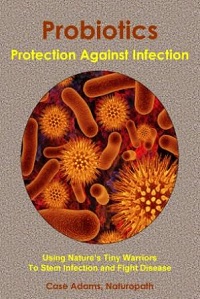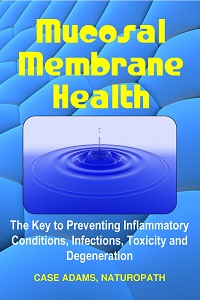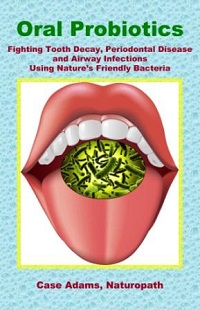Chemical Pesticides Building up in Frogs
Pesticides are building up in frogs and other creatures in nature.
Researchers from the US geological survey have determined that pesticides are bioaccumulating in frogs among ponds in the pristine national parklands of California.
Seven sites were sampled throughout five areas considered pristine areas of California. These included Yosemite National Park, Giant Sequoia National Monument, Lassen Volcanic National Park and the Stanislaus National Forest.
Outside of their pristine location, these regions were selected because of their location with respect to the Central Valley California, one of the largest agricultural regions in the world.
The research team selected ponds at each of these sites and collected 15 male frogs from each site. The species of frog collected was Pseudacris regilla, also called the Pacific chorus frog or the Pacific tree frog. They also collected water from each of the ponds and analyzed the water for 94 pesticides.
In this article
Twelve pesticides found
The researchers found 12 different pesticides or their resulting chemical residues in the bodies of frogs taken from one or more of these sites. The most frequently detected pesticides within the frogs included two fungicides – pyraclostrobin and tebuconazole. Then there was one herbicide – simazine.
Tebuconazole was found in all of the samples except for one. Its detection frequency range from 30% to 60% of samples detected.
One of the more pervasive pesticide chemical found was DDE which is a degraded metabolite of DDT. As DDT was banned in 1972, this illustrated how long pesticides can continue to bioaccumulate within the body.
The researchers noted that outside of DDE and diazinon this was the first time these pesticides have been found among frogs tissues in these regions. This, of course, indicates that these pesticides are being transported into these ponds through means not fully understood.
How the pesticides get to the frogs
The researchers suggest that rainfall and wind are the primary means from which these pesticides are being transported from the agricultural fields into these pristine areas. The researchers also conducted research on the use of pesticides among farms that were upwind of these areas. There were several correlations between those upwind patterns and pesticides found among the frogs. Other research finds the herbicide Atrazine is linked to frogs’ sex changes.
Other research has found pesticides can gather in the clouds and rain upon us.
In their conclusion the researchers stated the unknowns involved in the negative health effects of this bioaccumulation of pesticides in frogs:
“Results from the present study show that current-use pesticides, particularly fungicides, are accumulating in P. regilla tissues. This is one of the first studies to report fungicides in field-collected amphibians; however, the biological effects of these compounds on P. regilla and other amphibians are unknown.”
Other research by the USGS has found several other pesticides within the waterways of California, including azoxystrobin, boscalid, pyraclostrobin, propyzamide, chlorpyrifos and diazinon. Several of these have been identified as hormone disruptors, and diazinon has been linked to sexual malformations among frogs.
REFERENCES:
Smalling KL, Fellers GM, Kleeman PM, Kuivila KM. Accumulation of pesticides in pacific chorus frogs (Pseudacris regilla) from California’s Sierra Nevada Mountains, USA. Envir. Tox Chem. 2013. 25 Jul.
Smalling KL, Orlando JL, Calhoun D, Battaglin WA, Kuivila KM. 2012. Occurrence of pesticides in water and sediment collected from amphibian habitats located throughout the United States, 2009–2010. US Geological Survey Data Series 707. US Geological Survey, Reston, VA, USA.
Smalling KL, Kuivila KM, Orlando JL, Phillips BM, Anderson BS, Siegler K, Hunt JW, Hamilton M. Environmental fate of fungicides and other current-use pesticides in a central California estuary. Mar Pollut Bull. 2013 Jun 19.
















